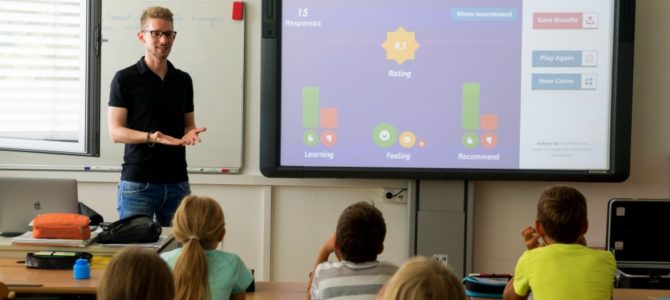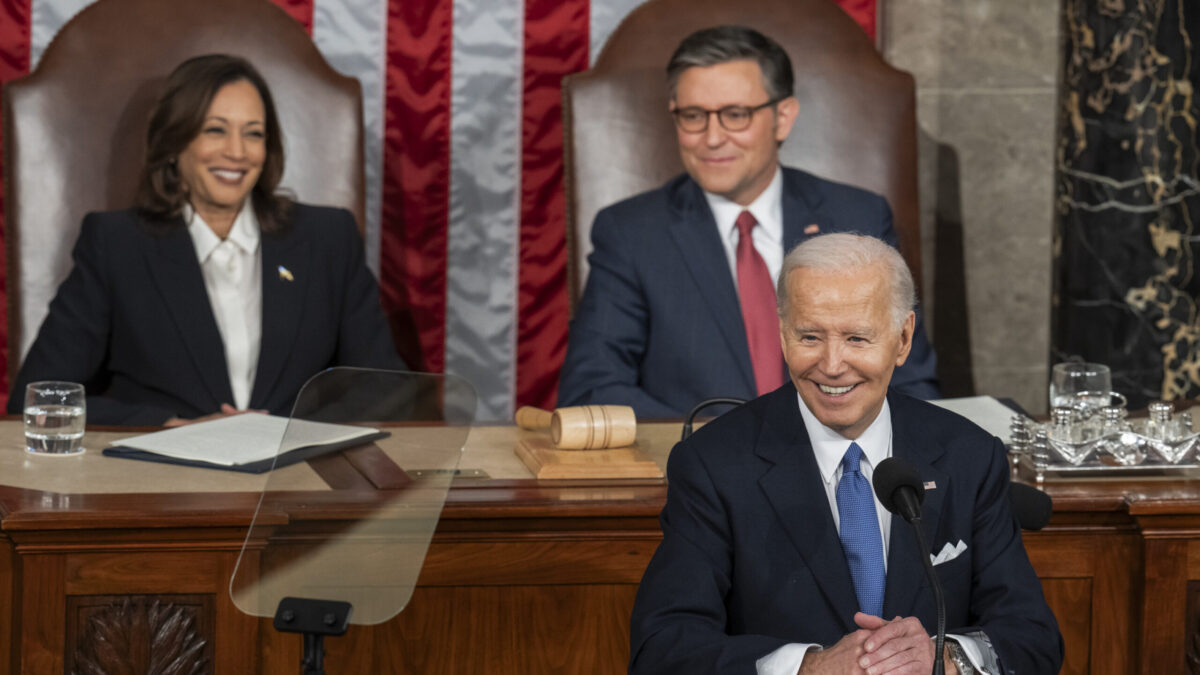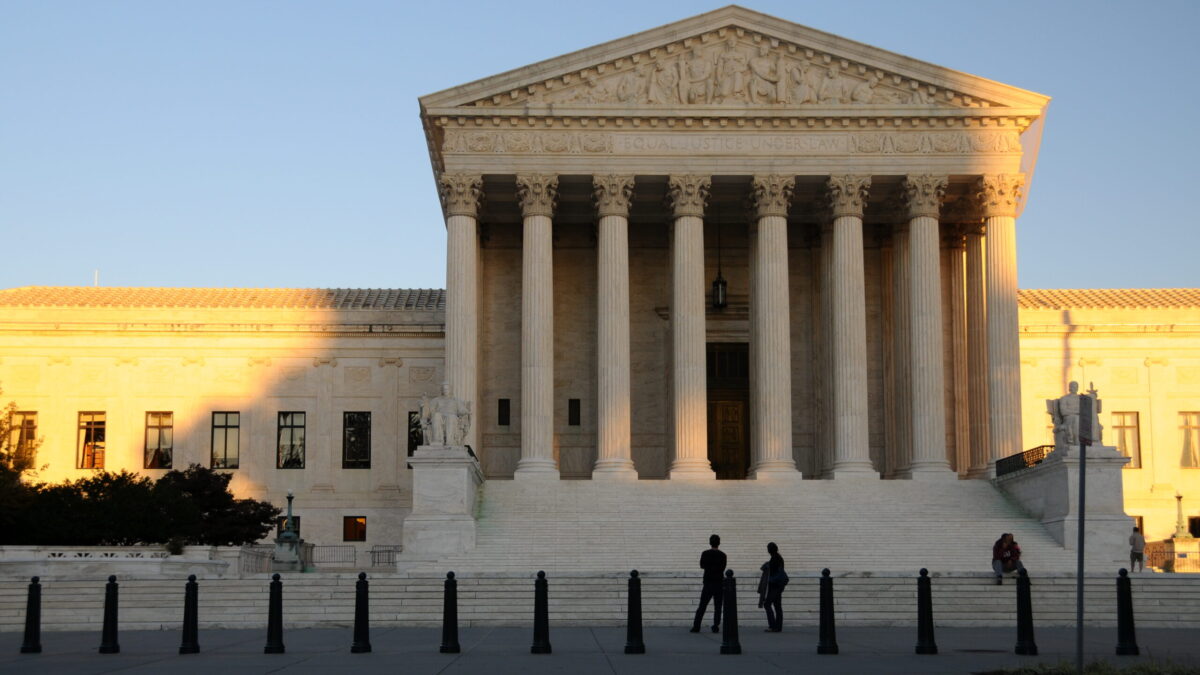
When people accuse me of being a glorified babysitter because I’m a teacher, I usually laugh and respond, “Who said anything about being glorified?” During the COVID-19 lockdowns, I can now add, “Who said anything about being a babysitter?”
These days, teachers in many parts of the country are paid for doing next to nothing since reopening schools would expose them to the virus. For teachers who have returned to the classroom, much of their work has moved online and many don’t see students in person, or see them in person often.
Given this situation, particularly in states that have kept public schools closed, it was only a matter of time before the government would enlist teachers to work in the migrant shelters sprouting up due to the crisis at the border.
It was recently reported that teachers from San Diego Unified School District were asked to work with migrant children housed in the San Diego Convention Center. Because SDUSD has yet to open their schools — all their instruction has been virtual this year — this apparently leaves some teachers free to provide in-person instruction to minors who crossed the border illegally.
Naturally, residents of San Diego are outraged at this double-standard. While their children languish at home staring at a screen, children in migrant shelters have a physically present teacher. Simply responding that “all children in California, regardless of immigration status, have a constitutional right to education” doesn’t excuse this. One group of kids is receiving real instruction from a real person, and another group of kids is stuck with a cheap digital facsimile disconnected from reality.
Then again, it’s fair to ask if the teacher recruits from SDUSD are providing an actual education in the sense of taking attendance, presenting lessons, and grading assignments, or if they are mostly herding groups of young people from one place to another and dispensing basic living necessities. In other words, are they primarily teachers or social workers?
If they’re teachers, and what they’re doing with migrant children is the same as what they would do with Californian children, then the standards for what passes as education are probably quite low (and, judging from California’s test scores, they are). If they’re social workers, and they are providing food and toiletries to needy children, then it makes no sense to have teachers do this instead of trained social workers.
For decades now, what public school teachers actually do has been an open question. Are they educators, entertainers, or activists? Are they policemen, counselors, or prison wardens? Are they guardians of the culture, diversity coaches, or data analysts? Are they all of these? Is there a hierarchy of roles, and if so, are some of these roles incompatible with one another? How much, if any, do these “roles” depend on the individual teacher?
The question has never really been answered. Each year as teachers complete their in-service training, their presumed roles will be different (depending on what needs a district might have or what educational gimmick is popular that year). By continually cycling through so many roles, however, it becomes unclear what it even means to be a teacher. In most cases, trying to be everything results in becoming nothing.
When school districts started shutting down because of COVID-19, this problem of defining a teacher became significant. It allowed teachers to receive a paycheck for doing invisible work that helped just about no one. If any parent complained that teachers were not working, teachers could reply that, by their own standards, they were “working.” After all, most parents went along with this logic before. And shouldn’t they trust teachers and schools more during a pandemic?
This is why it’s not enough to demand schools reopen and teachers go back to work. “Reopening” and “going back to work” mean different things to different people. For most parents, it means life will go back to normal, and they imagine school back in the days when they were students. It never occurs to them that their experience of school has long since passed away and that public education has changed significantly in the past decade, and even more so in the past year.
These days, because health concerns have overruled every other concern, teachers are primarily enforcers of social distancing, masking, and quarantining — and soon, vaccinations. Their main concern is to keep the kids apart while they do busywork for the day. Instruction, assessments, and even mental health are either secondary or nonexistent. For most campuses, this year has been “survival mode.”
One can imagine just how fun it is to work in such an environment. Speaking as a teacher, it doesn’t surprise me that some teachers in San Diego are willing to work with migrant children. If I were kept at home, unable to meet students in person, and forced to use some clumsy platform to “teach” my classes, I would jump at the chance to do something that at least felt somewhat real and fulfilling.
Unfortunately, there’s little reason to expect things will change for the next year. So long as the Biden administration and public health entities continue to push restrictions and excessive caution, and most Americans appear to accept these pronouncements, most public school districts will continue to comply. That means maintaining social distancing, masking, paperless instruction, and virtual classes — basically another year of “survival mode.”
To see any genuine change, average Americans — especially parents — need to reject the bogus narratives about the virus, demand more from their educators and administrations, and be clear about what they want from public schools. When people take schools for granted and assume the best, they shouldn’t be surprised when district leaders and teachers unions exploit them and their children. Once people finally decide what they want from teachers, they will finally have what they want for their students.









